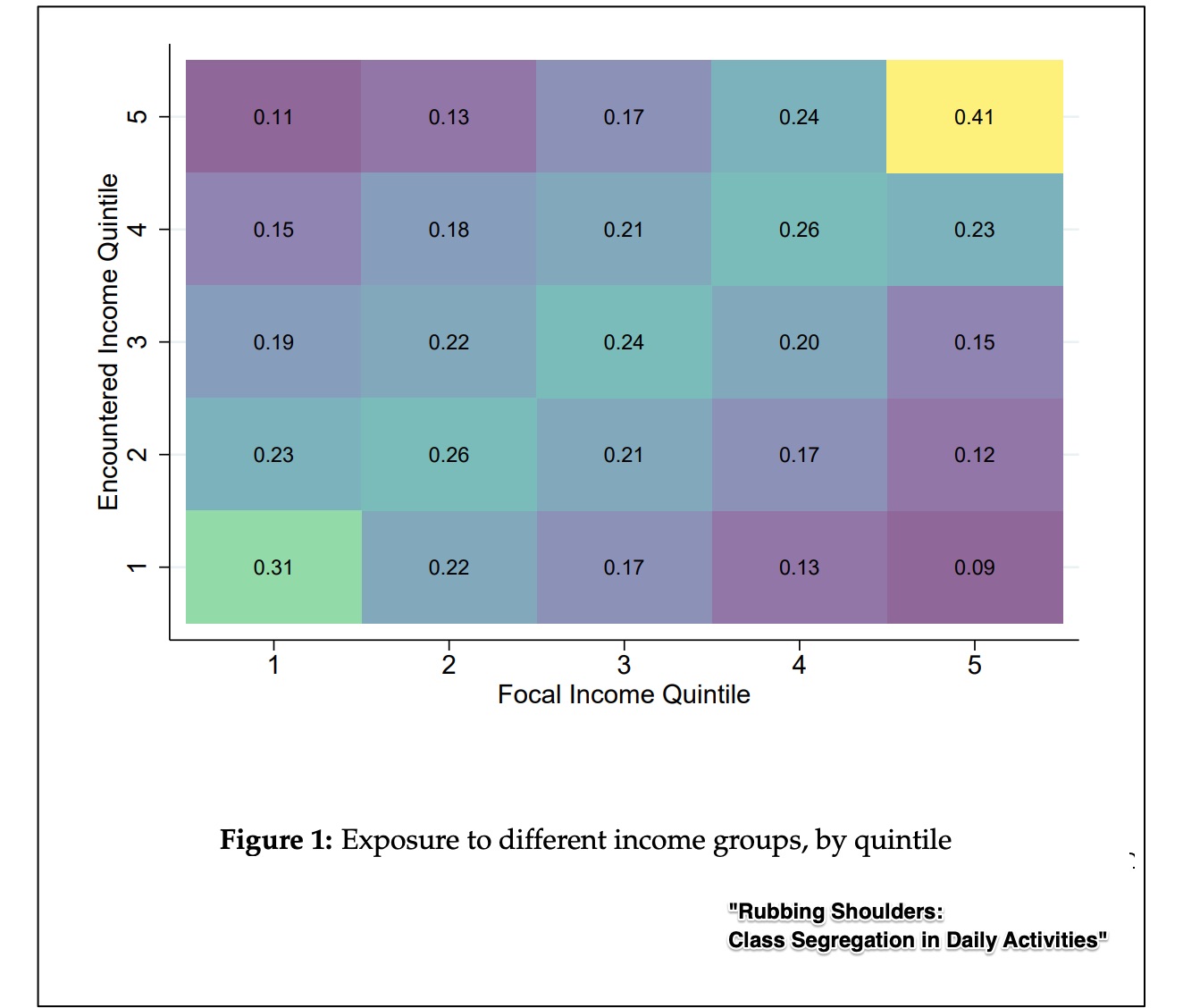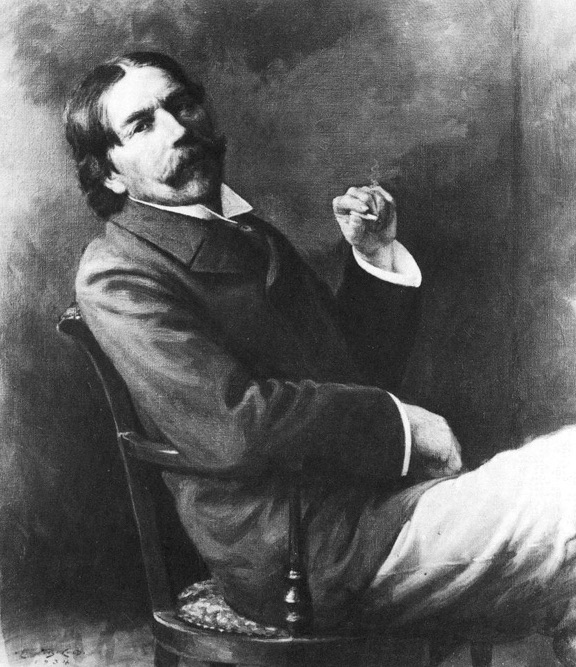A new paper tells us that the rich tend toward social isolation at home and away. Compared to lower and middle class individuals, they are more likely to encounter people that are just like them.
Income Isolation
To consider income isolation, researchers looked at mixed-class encounters. By encounter, they just meant being at the same place at the same time.
Looking through a geographical lens. we would see that the rich are more isolated in the city and suburbia. Meanwhile, in rural areas, their interaction is more inclusive, but the poor are more isolated. Also, distance makes a difference. Limiting our encounter mix, we tend to go to places within five miles of where we live.
Next, looking at individual establishments, price matters. Take Whole Foods and Dollar General. More precisely, researchers calculated that, at a San Francisco Whole Foods, 62% of their visitors were from top quintile neighborhoods and only 3% from the bottom. By contrast, at Dollar Genral, 40% visitors reside in low income households. However, they did find that, at low cost full service restaurants like Olive Branch and Applebee’s, the clientele is mixed.
Also, multiple retail branches make a difference. With massive chains like CVS, we can go local. As a result, there are fewer mixed income encounters.
The following graphic summarizes our probable exposure to different groups. For example, the 9% in the bottom far right cell shows where the first quintile meets the 5th. The 9% indicates the chance of an encounter between individuals in each of those quintiles. Predictably, the yellow cell, where 5th quintile meets 5th quintile has the highest chance of seeing each other:

Looking closer, below, you can identify the income isolation. Comparing clientele, wineries and used car dealers differ:
Our Bottom Line: Conspicuous Consumption
Finally, we can ask how we perpetuate income isolation. That took me to Thorstein Veblen’s conspicuous consumption.
In his Theory of the Leisure Class, Thorstein Veblen (1857-1929) explained that the affluent convey their power and wealth though useless activities. They have servants and employees that help them do less while their money lets them signal their status by buying more.
Veblen even looks like a rather interesting gentleman:

Where does all of this leave us? It takes me to how we might reduce income isolation and pull our society closer together. Suggestions?
My sources and more: Thanks to Marginal Revolution for alerting me to this income isolation paper. Please note that parts of today’s “Bottom Line” were in a previous econlife post.







